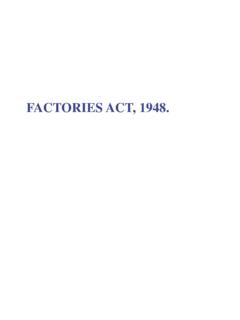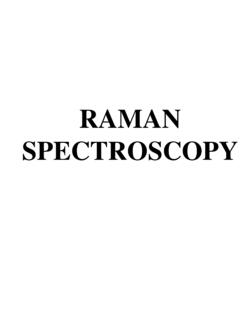Transcription of CLASSIFICATION OF FIBRES - G.C.G.-11
1 CLASSIFICATION OF FIBRES INTRODUCTION History of FIBRES is as old as human civilization. Traces of natural FIBRES have been located to ancient civilizations all over the globe. For many thousand years, the usage of fibre was limited by natural FIBRES such as flax, cotton, silk, wool and plant FIBRES for different applications. FIBRES can be divided into natural FIBRES and man-made or chemical FIBRES . Flax is considered to be the oldest and the most used natural fibre since ancient times. fiber or textile fiber A unit of matter which is capable of being spun into a yarn or made into a fabric by bonding or by interlacing in a variety of methods including weaving, knitting, braiding, felting, twisting, or webbing, and which is the basic structural element of textile products.
2 It is a smallest textile component which is microscopic hair like substance that may be man made or natural. They have length at least hundred times to that of their diameter or width. ON THE BASIS OF ORIGIN ON THE BASIS OF LENGTH ON THE BASIS OF HEAT CONDUCTIVITY CLASSIFICATION of FIBRES 1. Natural FIBRES Vegetable FIBRES Animal FIBRES Mineral FIBRES 2. Man Made FIBRES Regenerated FIBRES Non-Cellulosic Polymer FIBRES (Synthetic FIBRES ) Metallic FIBRES Mineral FIBRES Rubber FIBRES ON THE BASIS OF ORIGIN 1.
3 Filaments Monofilament Yarns Multifilament Yarns 2. Staple FIBRES ON THE BASIS OF LENGTH ON THE BASIS OF HEAT CONDUCTIVITY FIBRES FIBRES PROPERTIES OF FIBRES and Diameter of the fibre Dimensions Quality











